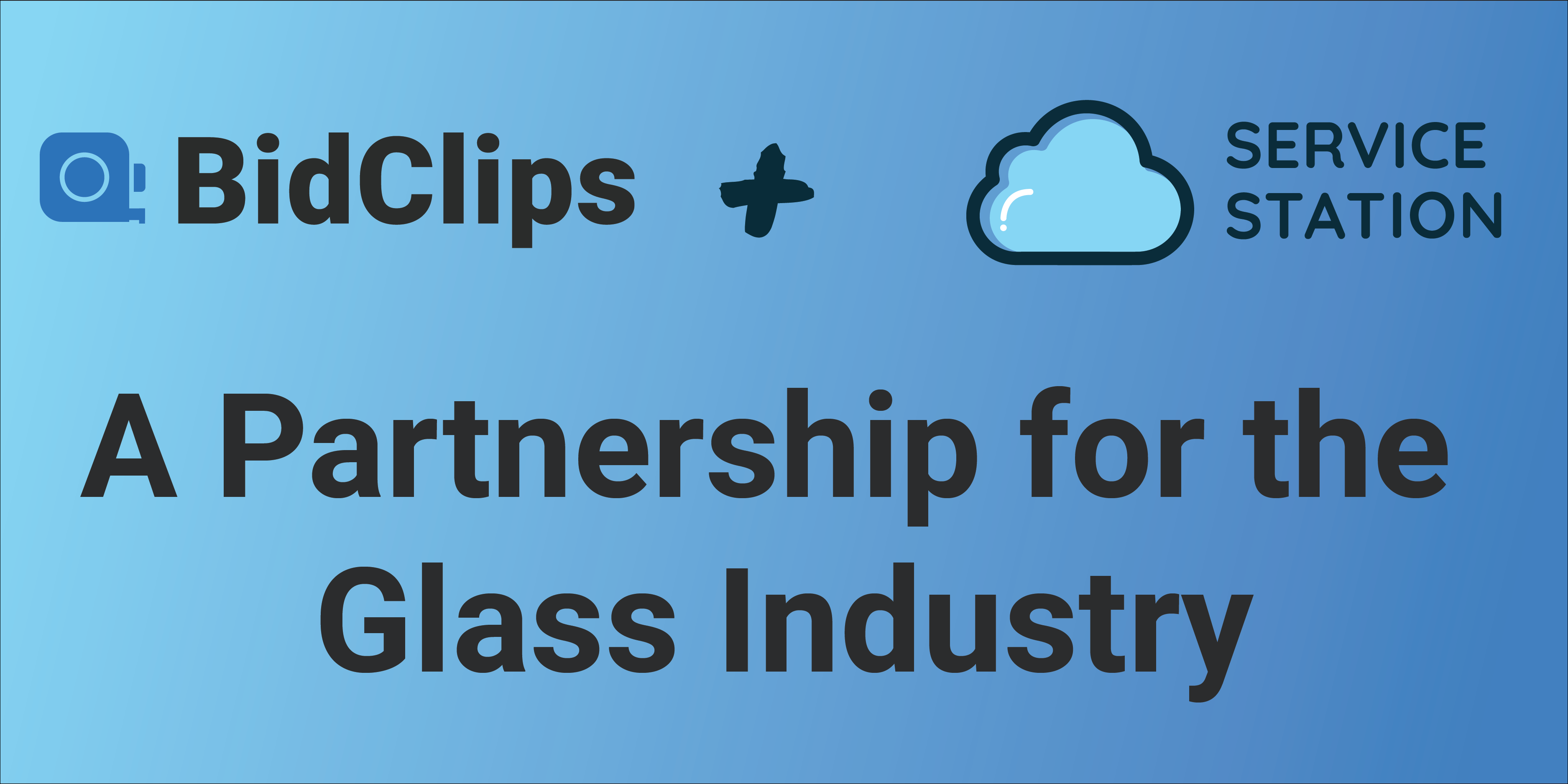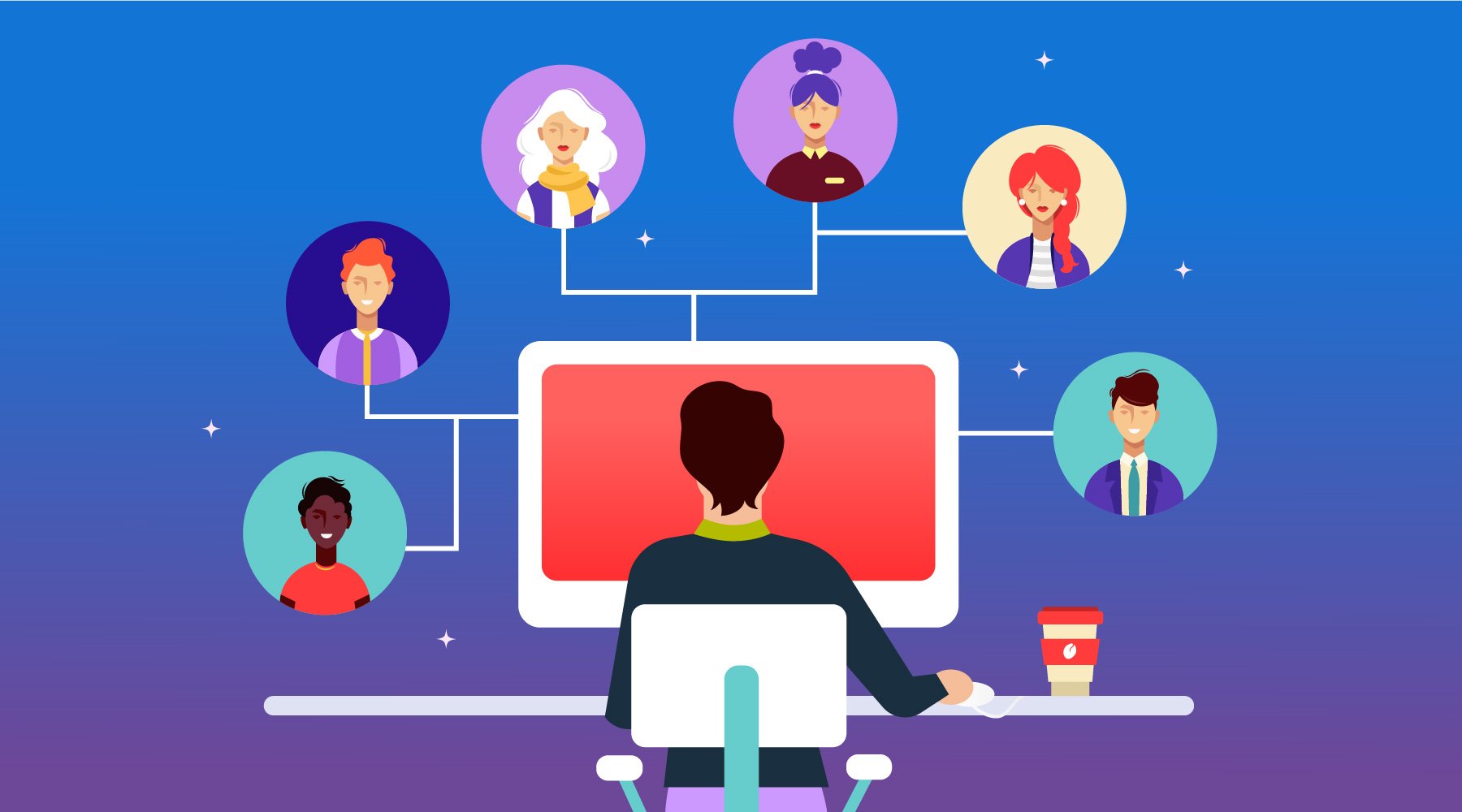7 Ways Technology Will Affect Your Customer Service (For The Better)
Every day there seems to be a new technology with dozens, if not hundreds, of applications. Those applications are making their way to customer service practitioners as it becomes the norm more and more. The advancement of video, automation and online forms, chatbots and artificial intelligence (AI), real-time messaging, and even customer service itself bring exciting change to the day-to-day happenings of customer success professionals.
Customers also recognize and seek out companies with such features; as increased technology usage becomes the norm in their daily interactions with the Facebooks and Googles of the world, customers see the value in such systems and won't want to choose a product or service that, in their eyes, is making their lives more difficult.
Technology can come with its challenges, too. There's a curve when it comes to learning and getting used to new technology, and of course, there's the ever-present question we feel about some technology: Will it replace my job?
In short, no. While technologies may change your job, most will help customer-facing professionals become more efficient. But how might your job change? This dynamic is what I am most interested in.
Read this blog to get an idea about the future of service technology, how it might change your workday for the better, and even your career trajectory as you upskill.
Table of Contents:
- Increase face-to-face video communication
- Real-time messaging will outmode email
- Automation will help professionals, not replace them
- Customer success will become a competitive advantage
- Customer service decisions will become data-driven
- New technology will bring new roles and less problems
- Frontline service reps will be more efficient and flexible
1. Increase of face-to-face video communication
Eye contact is important and powerful when addressing a customer, or anyone for that matter. Customers will use non-video messaging less and less as real-time, face-to-face messaging continues to become readily available. Companies using video-conferencing technology (e.g. Zoom) or video voicemail (e.g. Vimeo) are already ahead.
Whether it's in business or life, eye contact improves relationships and facilitates openness. While customers have a growing expectation of face-to-face communication, they also want it bundled into a fast response. This presents a viable customer satisfaction and business-improving opportunity. You can cover both bases with some of the many video tools available when paired with a messaging service or CRM, all the while not rolling out a truck so you save time, money, and free up productivity.
2. Real-time messaging will outmode email
Email isn't dead, but just like video customers expect you to be readily available and prefer using text or chat over phone and email. The advent of Facebook Messenger and other social media chat services has pushed the envelope. The expectation of responsive, real-time messaging has trickled to almost all medias as conversations and chat are anticipated to be authentic one-on-one interactions in real-time. That's quite the change from asynchronous snail mail and email.
The world is operating synchronously now, so that means you should build up your communication technologies and strategies while still using email and in-person to communicate and deliver important documents. You'll find your brand loyalty increase as customers come back again and again for a streamlined, yet authentic, experience. BidClips offers a platform compiling all your service records and customer communications, whether they prefer email or text, in one place so you have more visibility, improve your efficiency, and most importantly leave your customer satisfied with fast and responsive service.
3. Automation will help professionals, not replace them
The old adage of "robots taking our jobs" might not be so accurate. Today, most automation or bots aren't any kind of artificial intelligence (AI). Rather, it is a different means of interaction for your business and another important opportunity to engage your customers. This is also a great chance to impress customers as they recognize and appreciate innovative services improving their expereince.
Automation can be there for you when you can't, like when your team is asleep. An automated message or follow-up can assure your customer receives the valuable information they need while you collect more revenue from jobs that may have otherwise been missed or moved on from. This also improves self-service for customers, while reducing expenses of the shop, by bringing a new, repeatable, and inexpensive form of communicating.
4. Customer success will become a competitive advantage
Great customer success will become crucial over the next years, just like how great customer service is now.
The progress of companies in search of customer success is growing, and not just in the software as a service (SaaS) industry but elsewhere too. Great customer success will identify your customers needs ahead of time and understand their ideal buying journey to deliver the perfect expereince, so your customer will achieve their desired outcomes while using your product of service. This will increase your customer loyalty which in turn effects your revenue and profits. But ultimately, customer success is about creating relationships.
Once great customer success becomes the expectation like customer service is, it'll pose a challenge for companies to grow their client base if they haven't begun to think about their customers needs and journey. Successful, established companies considering this will have happier customers as a whole, even though switching costs between products and brands is decreasing.
It will create an exciting challenge to stay ahead once it arrives, especially for new entrants, who face an upward-battle against rising entry costs and decreasing margins associated with playing catch-up. If you're already building the ideal customer expereince, good news- you're ahead of the curve and well on your way to a mutually beneficial result for you and your customers.
5. Customer service decisions will become data-driven
No matter the service technology, you should have a way to measure it's success. Otherwise, it is difficult to prove the effectiveness of a system. Whether it's a dashboard or consistent reporting, a company should have a way to review its effectiveness and increase visibility. Also, as companies adopt service technology more and more, service teams will become more independent and skilled in determining their system success.
Adpoting service technology comes with a wealth of metrics for service teams to use as well. Service technology can provide insight into your customer interactions, such as response times or closing percentages, so you can determine any sticking points or needs of your customers in the buying process. This will also help inform your sales team, as they use data to improve their understanding of the customer's needs so to secure more jobs. With more adoption comes more information across your organization to make better informed decisions.
6. New technology will bring new roles and less problems
Some technology may even create new service positions. One day it might be possible to have a service proffesional digitally by your side for a consultation or showing you how to use a product. For now, roles being created include chat specialists, social media specialists, and onboarding specialists.
Representatives will need to be knowledgable specialists if they wish to provide the appropriate support customers demand. This will lead to reps dedicating themselves to certain channels with the focus on the customer and delivering excellent service. A call center is one great example which places the customer first and frees up other reps to complete different tasks and focus on areas of improvement. Striking the right balance between technology and your service proffesionals doesn't have to be a compromise. You can achieve an authentic experience while delivering your product or service in a modern way.
7. Frontline service reps will be more efficient and flexible
Service technology will empower teams with the tools they need to succeed. Service teams will spend less time worrying about step-by-step procedures and more time focusing on the customer.
The efficiencies that come with successful service technology adoption are huge and can have affects across your organization. Less friction when completing tasks leaves a rep with more time and satisfaction, which they then pass on to customers, in both service (delivering a quality product or service more efficiently) and relationships (going above-and-beyond to help a customer).
Not sold on investing in your customer service team? Learn more about why your business needs to provide quality customer service in this post.


